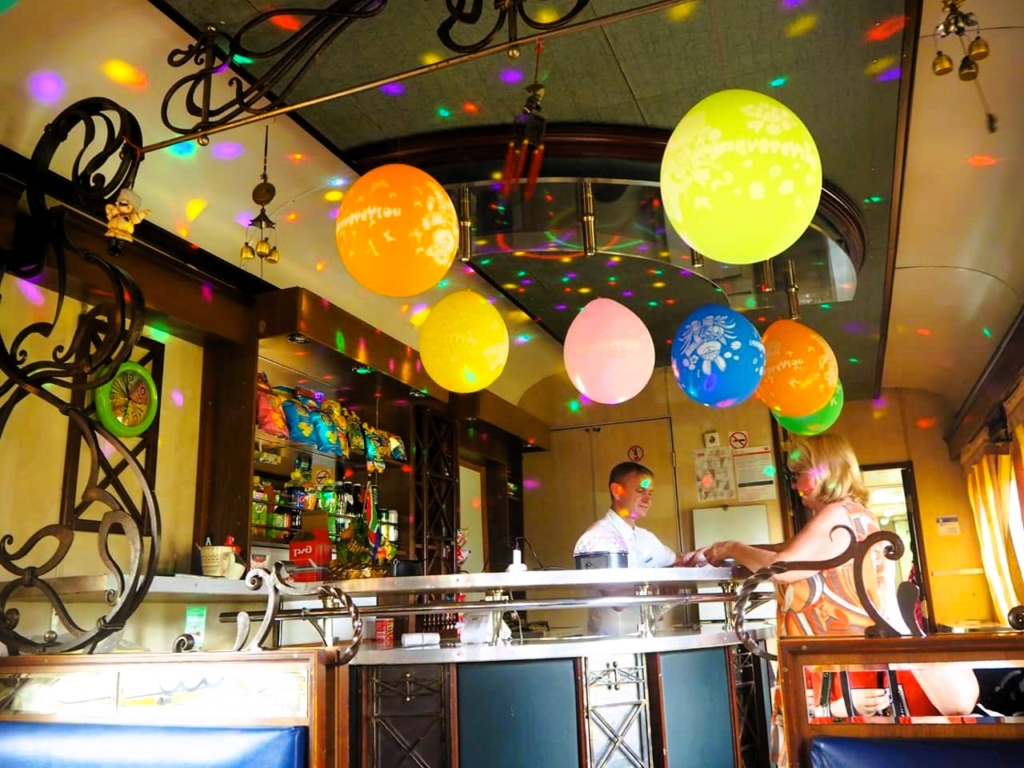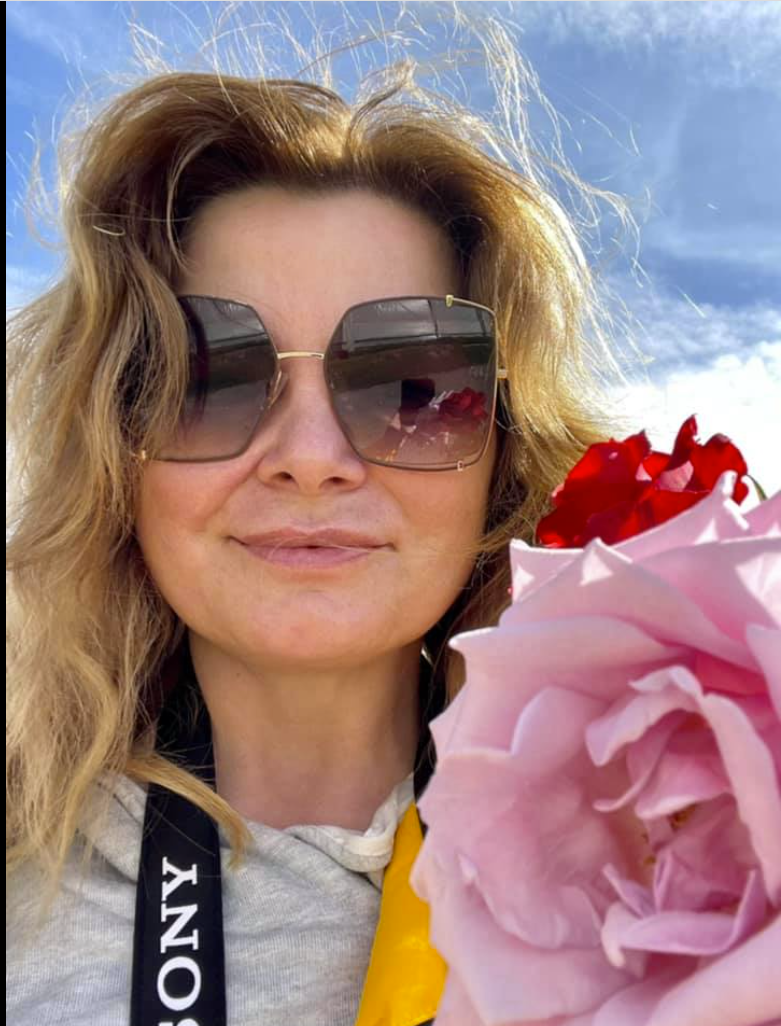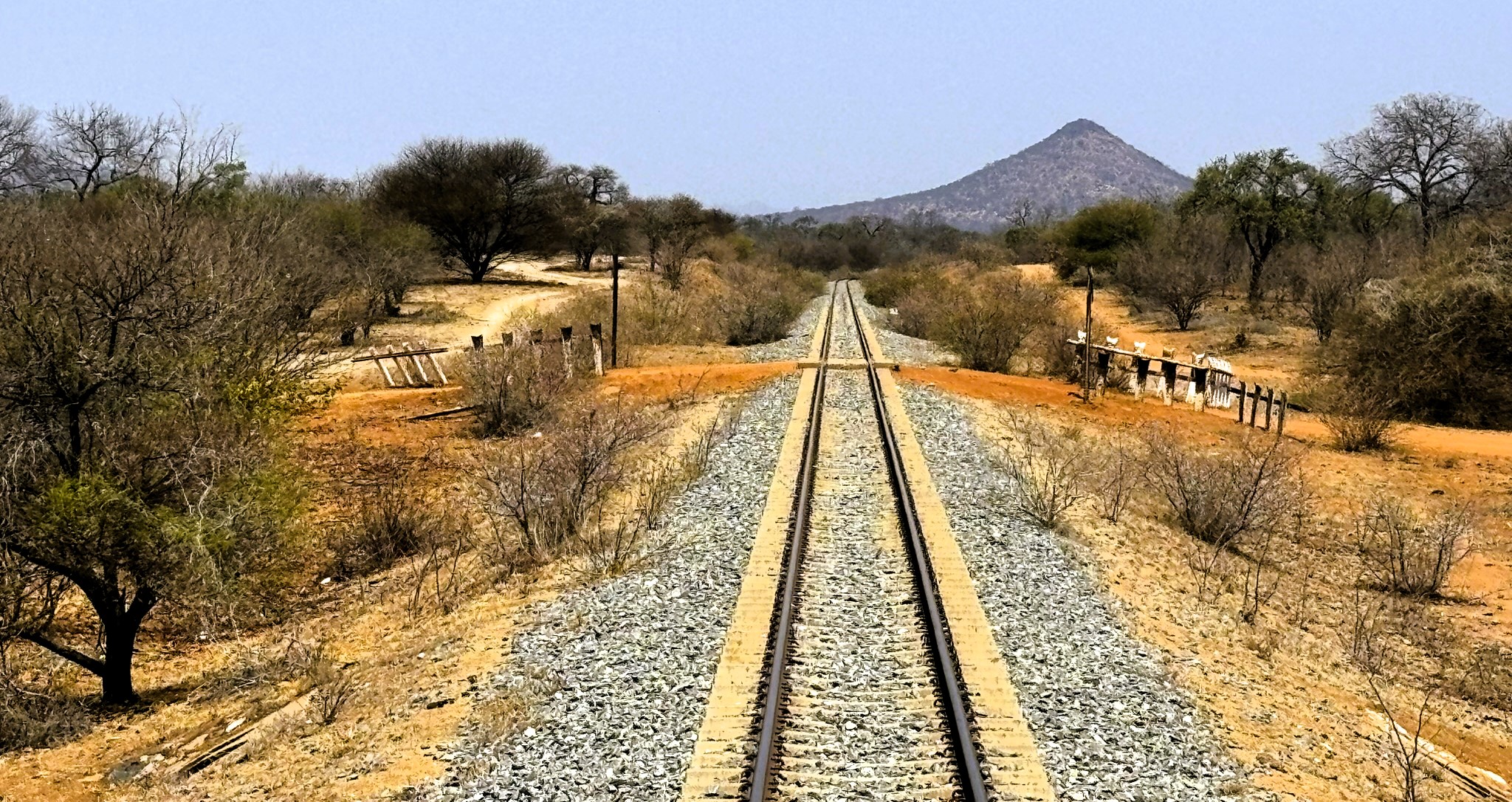Traveling by Rovos Rail has been on my bucket list for several years. I tried this mode of traveling and sightseeing earlier in India and Russia and I liked it. Let me summarize my impressions of traveling by tourist trains for you and at the end present you my subjective ranking
- Deccan Odyssey’s journey through India
A few years ago, I went on a week-long journey around India on a luxury Deccan Odyssey train. The journey started in New Delhi and ended in Mumbai. On the train’s route there were also Ranthambore National Park, Agra, Jaipur, Udaipur, Vadodara, Aurangabad, Ellora Caves (ca. 1400 km). The functioning of the train was very similar to cruiser cruises – the train ran at night, stopped at the station in the morning, passengers ate breakfast on the train and set off for sightseeing. The whole logistics of moving passengers was well developed, good quality coaches transported us straight to the attractions and took us back to the train. During the day, there was a break of about two hours, tourists were transported back to the train for lunch and a moment of rest, or to five-star hotels, where a meal and the opportunity to rest were organized. The night before we got to Mumbai we had a Bollywood party organized – the ladies received saris to wear, the gentlemen tunics. The train staff joined the fun and we really had a great time. Interestingly, a small gym and SPA with simple treatments and massages were available on the train. The welcoming ceremony before boarding the train and every day when getting off the train was also very pleasant and surprising. There was no specific dress code on the train, but most people dressed in sporty or smart casual clothes.
Pros of Deccan Odyssey:
- Comfortable cabins with a sufficiently comfortable bathroom
- Great meals – local and European cuisine – to choose from
- English-speaking guides and audio equipment available to listen to the guide during the tours
- Clean and fresh
- Great organization of transport and sightseeing (we did not wait in queues at the ticket office or entrance)
- Health & Safety
- You can freely book a tour directly on the Deccan Odyssey website. If you speak English, the assistance of local guides hired by the train and the train staff is enough. No need to hire your own guide
- The beginning and end of the expedition were in cities to which air connections are very frequent from different parts of the world
- It is easier to get to tourist attractions on the route, often the roads in India are unpaved, so it takes a lot of time to travel by car or coach. The train saved this time.
Cons:
- The train moves very fast at night, there were nights when it rocked quite a lot
- Breakfasts are prepared when the train is standing on the platform, so the contrast between the elegance of the restaurant car and the poverty on the platform is very large
- There were no Pullman cabins, so the choice of travel standard was limited to deluxe or presidential cabins
- Rovos Rail journey through Zimbabwe
A real charm of the 30s of the twentieth century! The train’s décor is reminiscent of descriptions of the Orient Express from Agatha Christie’s novels. I chose the shortest 4-day route from Pretoria to Victoria Falls. The welcome before boarding the train takes place in the beautifully prepared station building, you can relax on comfortable armchairs or sofas, help yourself to fruit, snacks, coffee, tea and champagne. There is a small museum at the station, which is worth a visit while waiting for the train. An employee of Rovos Rail will show you around the station and tell you about the beginnings of the concept of traveling by such trains, types of locomotives and work on rolling stock maintenance. On the train, there is a dress code – smart casual days, evenings – elegant outfits for dinner. All passengers followed this rule. During the 4 days of the trip, 1 safari in the Hwange national park was organized. Very successful, with refreshments by the fire. The train travels all the time, covering a distance of about 1,400 km in 4 days. The last carriage is partially open, you can sit on benches, admire the views and take a breath of fresh air. I booked a Pullman cabin, but it turned out to be very small, with bunk beds, so we finally decided to pay extra for a larger cabin. On a longer journey, such a small cabin would certainly be a hindrance.
Pros:
- Larger cabins very comfortable, comfortable bathroom
- Stylish cabin and train décor
- Very tasty cuisine and elegant meals
- There is no need for a guide, the train staff is English-speaking, as are the rangers during the safari
Cons:
- More complicated air connection than in the case of India
- The train runs almost non-stop, after some time there is no possibility to move and take a breath of air, for those who like space, 4 days can be a bit claustrophobic
- Pullman cabins very small, bunk beds do not seem very comfortable
- Transsiberian Rail Journey from Irkutsk to Ulaanbaatar
On the Trans-Siberian route Moscow – Vladivostok there are many trains referred to as the Trans-Siberian Railway. Trains are of different classes, most of them are not only for tourists, but normal ordinary trains running according to the schedule, and when booking a ride, you need to pay attention to the class of the train. If someone would like to experience the splendor of tsarist Russia, they should choose the Golden Eagle train. Unfortunately, I did not manage to travel on this train, I traveled first class on an ordinary train of the Trans-Siberian Railway on the Irkutsk-Ulaanbaatar section. The compartment was for 4 people, with couchettes, we received bedding and a samovar with hot tea was available in the corridor. The train was not much different from the trains that were quite common in the 80’s in Eastern Europe and despite traveling in 1st class, you certainly cannot call the train exclusive. The journey from Irkutsk to Ulaanbaatar took about 20 hours. The train stopped at many stations, it was a nuisance that 30 minutes before reaching the station, during the stop at the station and 30 minutes after leaving the station, the toilets on the train were closed. If someone needed to use the toilet while the train was stopping, they had to get off and go to the toilet at the station. It was not very comfortable, because the information about the time of departure of the train was not given to passengers who were already on the train. A restaurant car in the form of a bar was available, and during a stop on the platform, you could buy dumplings and tea from local sellers.
Pros:
- Views – after setting off from Irkutsk, you can still admire Lake Baikal, after crossing the border with Mongolia herds of horses and villages
- Blini in the restaurant car tasty
Cons:
- Average standard of travel, rolling stock not renewed for years
- Very average toilet cleanliness
- Inconvenience in the use of toilets due to restrictions before, during and after the train is stationary
From the perspective of these few experiences, this way of sightseeing is attractive to me, especially in countries where the road infrastructure is not sufficiently developed. You don’t have to pack your luggage every day. In my personal ranking, the Deccan Odyssey wins, followed by the Rovos Rail, and finally an ordinary train of the Trans-Siberian Railway. Maybe the ranking will change if I ever manage to go on a trip on the Golden Eagle in Russia, Seven Stars Kyushu or The Twilight Express Mizukaze in Japan😊





